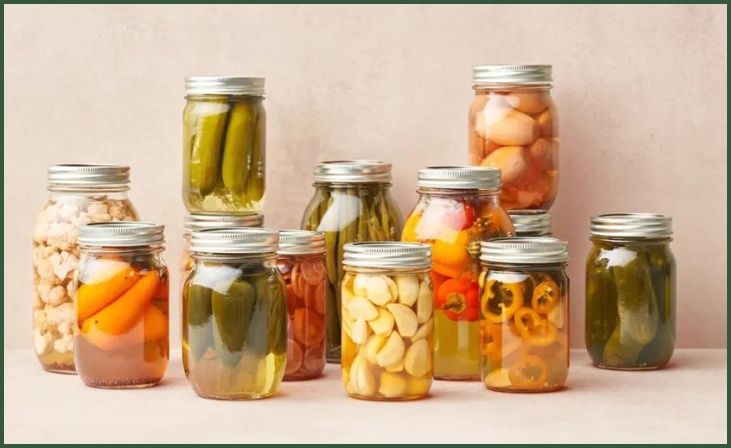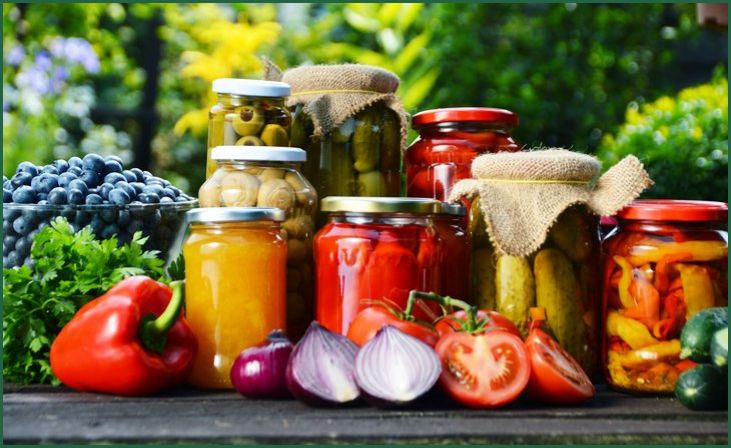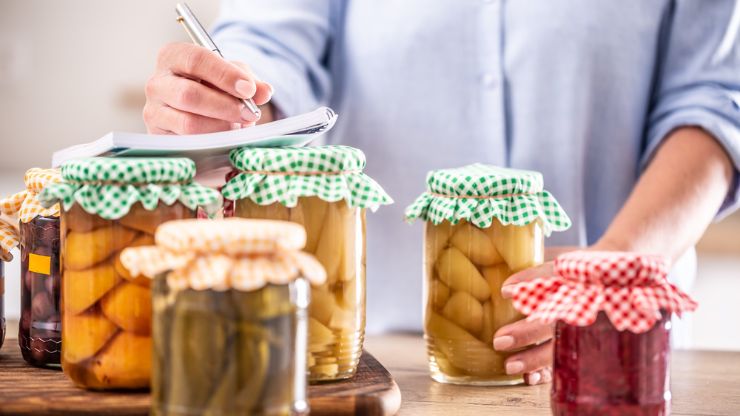Traveling With Fermented Foods – Embarking on a journey is undeniably a source of joy, an opportunity to explore new horizons and create lasting memories. However, for those dedicated to maintaining a diet abundant in fermented foods, the prospect of travel can introduce a unique set of challenges. Fret not! This insightful article is here to illuminate a path of practical and invaluable tips, ensuring that your cherished fermented delicacies not only retain their delectable flavors but also preserve their nutritional value seamlessly while you’re on the move.
The commitment to a diet rich in fermented foods often comes with a profound awareness of the health benefits associated with these probiotic-packed delights. Whether it’s the tangy burst of kimchi, the effervescence of kombucha, or the wholesome goodness of sauerkraut, ensuring the continuity of these dietary choices during travel requires a thoughtful and strategic approach.
In the following sections, we’ll delve into a comprehensive guide that addresses the nuances of traveling with fermented foods. From the selection of the ideal containers for transportation to navigating airport security with ease, and from optimizing packing methods to embracing the local fermented fare at your destination – this article leaves no stone unturned in providing you with the tools to embark on a journey without compromising your commitment to healthy eating.
Table of Contents
Toggle10 Tips For Traveling With Fermented Foods
1. Select the Right Containers:

Invest in containers designed to be airtight and leak-proof. These specialized containers act as guardians, preserving the freshness and probiotic content of your beloved fermented foods. The airtight seal creates a protective barrier against external elements, preventing spills and maintaining the integrity of the beneficial bacteria. Consider containers with secure locking mechanisms, ensuring a reliable shield for your probiotic-rich treasures throughout your journey.
Also Read:- Fermented Oatmeal
2. Strategic Packing:
Efficiently use your luggage space by adopting a strategic packing approach for your fermented goodies. Opt for small jars and containers that not only safeguard your delicacies but also maximize room for other travel essentials. Utilize the space within your containers wisely, considering the fragility of fermented foods. By layering and arranging thoughtfully, you can prevent unnecessary shifting, minimizing the risk of breakage during transit.
3. Inform Security About Your Snacks:
Proactively communicate with airport security personnel about your unique fermented snacks. This simple yet effective step helps in averting unnecessary delays during security checks. By providing advance notice, you facilitate a smoother inspection process, ensuring that your journey progresses seamlessly without interruptions.
4. Utilize Portable Coolers:
Preserve the optimal temperature for your fermented treats by embracing the convenience of portable coolers. These handy devices not only keep your foods cool but also play a crucial role in maintaining the nutritional value and flavors of your favorite probiotic-rich items. Invest in a reliable cooler that suits your travel needs, providing a dedicated space for your fermented delights.
5. Pair with Travel-Friendly Snacks:
Elevate your travel menu by pairing your fermented delights with other travel-friendly snacks. This not only introduces variety but also ensures a satisfying and well-rounded culinary experience on the go. Consider complementary flavors and textures to create a delightful combination, making your journey a flavorful adventure.
Don't just scroll, subscribe!
BuzzTrail's unique web-stories are the cure for boredom you've been waiting for.
6. Explore Local Fermented Foods:

Immerse yourself in the culinary richness of your travel destination by actively seeking out regional fermented foods. This not only adds a delightful twist to your gastronomic adventures but also aligns with your commitment to probiotic-rich choices. Embrace the opportunity to taste and appreciate the diverse world of fermented foods each location has to offer.
7. Addressing Odor Concerns:
Mitigate potential odor concerns by employing airtight containers and considering the use of odor-neutralizing agents. This thoughtful approach allows you to travel confidently without the worry of unwanted smells from your fermented snacks. Choose containers with robust seals and explore natural odor-neutralizing options to maintain a pleasant environment.
8. Adapt to Temperature Changes:
Learn to adapt your fermented food choices to the varying temperatures you may encounter during your journey. Whether traversing hot desert climates or experiencing chilly mountain air, understanding how temperature affects your treats is crucial. Take proactive measures to ensure your fermented foods remain in optimal condition, regardless of the external environment.
9. Monitor Fermentation Levels:
Stay vigilant about monitoring the fermentation levels of your fermented foods during travel. This mindfulness ensures both safety and taste, allowing you to enjoy your probiotic-rich snacks with peace of mind. Regularly check the condition of your foods to guarantee they maintain their intended flavors and health benefits throughout the journey.
Also Read:- Fermented Cherry Tomato Bombs
10. Embrace Cultural Considerations:

Respect and embrace the cultural nuances associated with bringing fermented foods to different countries. Familiarize yourself with local customs, and approach your culinary choices with an open mind. By integrating your dietary preferences with cultural awareness, you contribute to a harmonious travel experience, making each destination a unique and enriching part of your fermented food journey.
Conclusion
Venturing on a journey with your cherished fermented foods is not just a possibility; it’s a delightful adventure waiting to unfold, guided by the wisdom of our comprehensive “10 Tips For Traveling With Fermented Foods” guide. As you set out on your travels, rest assured that you can maintain your commitment to a diet rich in probiotic goodness, all while enjoying a seamless and enjoyable experience.
Armed with our expert tips, you can travel with confidence, knowing that every aspect of your fermented adventure has been carefully considered. From the selection of the perfect containers to the strategic packing methods, our guide equips you with the knowledge to navigate potential challenges effortlessly. This newfound confidence ensures that your journey is not only stress-free but also filled with the excitement of exploring new places without compromising on your dietary choices.
FAQs
Q: Can I Bring Fermented Foods on a Plane?
Q: Can I Bring Fermented Foods on a Plane?
Absolutely! Follow our guide on navigating airport security to breeze through with your fermented snacks.
Q: How Long Can Fermented Foods Last During Travel?
Q: How Long Can Fermented Foods Last During Travel?
Discover the optimal duration for your fermented foods’ freshness and nutritional value with our expert insights.

